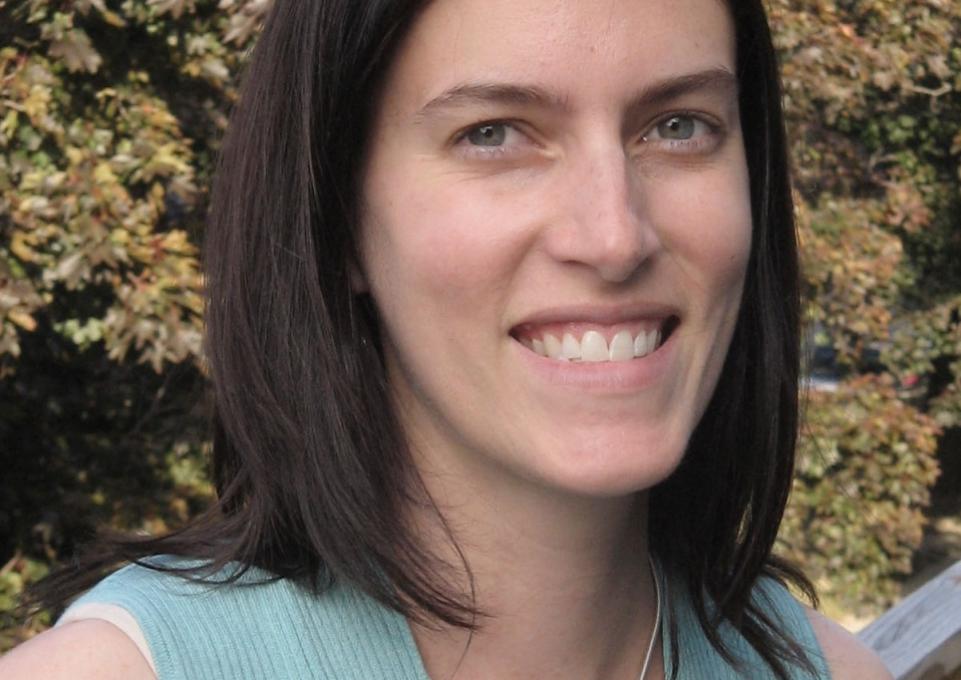
The National Association of Geoscience Teachers (NAGT) recently notified Camille Holmgren, an associate professor in the Geography and Planning Department, that her teaching exercise “Lost at Sea” was awarded “exemplary” status. Only 10 to 20 percent of submitted exercises achieve exemplary status.
Holmgren, a paleoclimatologist and a biogeographer, studies plant fossils collected by packrats to reconstruct past vegetation. “From these,” she said, “we can infer the climate of the region as far back as 60,000 years. That’s the limit of radioactive carbon dating.” She has worked extensively in the Southwest, and her recent presentation “Sonoran Desert Biogeography: Past, Present, and Future” kicked off the spring 2014 Conversations in and out of the Disciplines lecture series.
However, the exercise she developed takes students far from the desert and sets them adrift on the Atlantic Ocean. To figure out how to reach safety, students must draw on their newly acquired knowledge of latitude and longitude, the relationship between longitude and time, seasons and solar declination, global wind systems, and ocean currents.
“I like this exercise,” said Holmgren, “because students have a chance to apply what they’ve learned, practice the skills we’ve covered in class, and work together.”
Holmgren uses the exercise in Geography 101 World Natural Environment. “I really like watching the light bulbs go on for students,” she said. “This particular class is an Intellectual Foundations class, as well as a required course for majors, so I get students from many disciplines and backgrounds.”
Holmgren discovered that she enjoyed teaching undergraduates when she was a doctoral student and teaching assistant at the University of Arizona. She received two fellowships there. The first was through the Collaboration to Advance Teaching Technology and Science funded by the National Science Foundation. On that project, she helped high school teachers develop and present experiential learning projects. The second fellowship, a NASA Space Grant, provided her with an opportunity to develop curricula and teaching materials.
To achieve exemplary status, “Lost at Sea” underwent two peer reviews that scrutinized the material for several factors including scientific accuracy, pedagogic effectiveness, and effective activity sheets.
